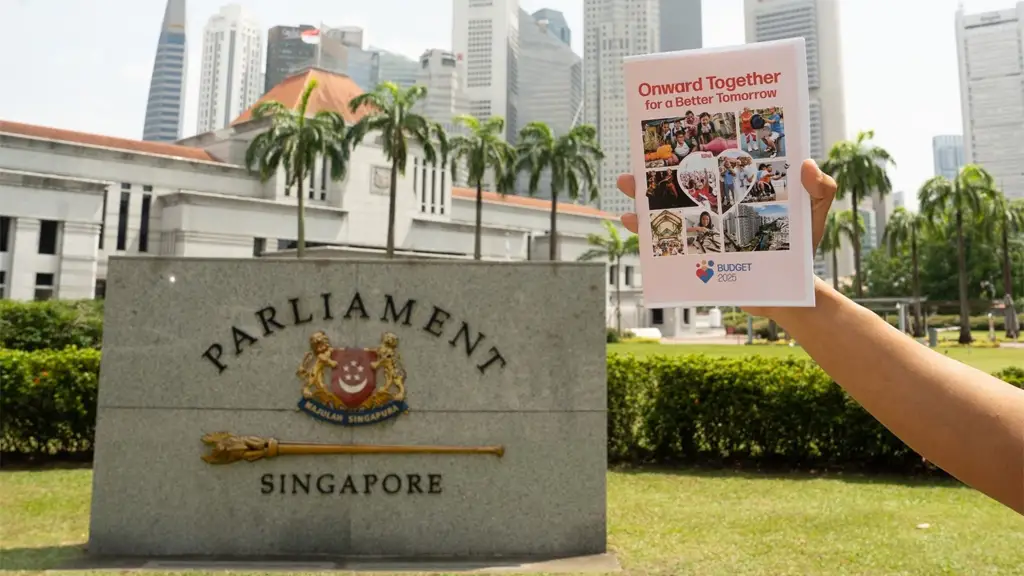The recent imposition of a 10% baseline tariff by the United States on all imports, including those from Singapore, has been poised to create significant headwinds for Small and Medium-sized Enterprises (SMEs) in Singapore. This article delves into the potential ramifications of the US tariffs on SMEs in Singapore, drawing upon recent reports and analyses.
1. SME Costs May Increase And Competitiveness Eroded
The most immediate impact is expected to be felt through the direct increase in the cost of Singaporean goods exported to the US. The 10% tariff is being applied as a tax, causing products made in Singapore to become more expensive for American consumers and businesses. For SMEs in Singapore with tight margins, competitiveness in the US market may be significantly eroded, leading to a reduction in sales volume and revenue. A Singaporean SME exporting electronic components to the US at $100 per unit would now be subject to a $10 tariff per unit. The price for the US buyer would be raised to $110, making the product less attractive compared to domestic or tariff-exempt alternatives.
2. Export-Oriented Sectors May Take A Hit
With Singapore’s economy heavily reliant on international trade, sectors with strong export exposure to the US, such as manufacturing, wholesale trade, electronics, and precision engineering, are likely to be affected. Decreased demand and potential supply chain disruptions may be faced by SMEs within these industries.
3. Potential Job Losses And Slower Wage Growth
The strain of slow economic growth due to reduced exports is expected to be felt by the labour market. Fewer job opportunities and smaller wage increases are being anticipated. Should financial difficulties arise or operations be relocated by more SMEs, increased retrenchments and job losses could be triggered.
4. Supply Chain Disruptions And Diversification Challenges
SMEs involved in complex global supply chains may face compounded difficulties. If intermediate goods exported by Singaporean SMEs are used in final products that also face high US tariffs, the overall competitiveness of those final products in the US could be diminished. A re-evaluation of supply chain strategies may be necessary, with potentially costly and time-consuming implications for smaller businesses.
5. Increased Uncertainty And Reduced Business Confidence
The US is considered one of the key players in the international economic market, and with the introduction of the tariffs, much of the playing field is at risk of being destabilised, with local businesses taking the brunt of the consequences. With lower business and consumer confidence, SMEs are expected to delay investment decisions and new project launches, thereby further slowing economic activity.
6. Inflationary Pressures
As a consequence of tariffs, imported goods may become more expensive, and inflationary pressures within Singapore could be reignited. The high cost of living could be exacerbated, and domestic demand might be negatively affected.
How the Singapore Government Is Helping SMEs Adapt in 2025
To help SMEs adapt to trade disruptions, the Business Adaptation Grant (BAG) will be introduced in October 2025. Rethinking and reshaping operations in light of tariff changes is the primary aim of this initiative. Costs related to supply chain shifts, contract renegotiation, or tariff compliance can be mitigated through financial support of the grant.
What the Business Adaptation Grant Covers
Under the Business Adaptation Grant, support of up to S$100,000 will be made available to eligible companies, with co-funding of up to 70% of qualifying project costs offered to SMEs. The transformation efforts supported include four key areas: Trade compliance, legal advisory, supply chain redesign, and operational adjustments.
For many SMEs, the complex requirements of Free Trade Agreements (FTAs) and tariff reclassification rules can be overwhelming. Through BAG, the costs of hiring trade consultants or legal advisors will be subsidised, enabling businesses to reclassify Harmonised System (HS) codes or review export documentation in compliance with evolving U.S. regulations.
Another supported area will be contractual advisory. As global trade terms become more volatile, it will be necessary for businesses to ensure the enforceability and fairness of their contracts. Legal experts may be engaged, funded in part by BAG, to review existing contracts, identify vulnerabilities, and renegotiate terms with overseas partners affected by the tariffs.
The most tangible assistance for SMEs is likely to come through supply chain reconfiguration. Companies dependent on suppliers in the U.S. or China may now be required to identify alternatives in ASEAN or elsewhere. Costs incurred from sourcing new vendors, conducting pilot tests, or redesigning logistics routes will be partially covered by the grant.
BAG will be operated in conjunction with existing government schemes such as the Market Readiness Assistance (MRA), Enterprise Development Grant (EDG), and Enterprise Financing Scheme (EFS), all of which continue to support expansion, transformation, innovation, and financing for SMEs.
The Silver Lining
Although significant challenges are posed by the US tariffs, SMES can ride out the storm with these adaptation strategies.
Short-Term Cost Advantage
Despite the 10% tariff, Singapore’s rate remains lower than those imposed on some regional competitors such as Taiwan, South Korea, and Malaysia. In sectors like semiconductors, telecommunications, and electronics, this might offer a temporary price advantage. However, this edge may be short-lived if additional tariffs are introduced or if retaliatory trade measures are implemented by other nations.
Market Diversification
Increased efforts to diversify export destinations beyond the US should be undertaken by SMEs. Promising markets such as India and the Gulf states, especially those with Free Trade Agreements, may present new opportunities. Support from Enterprise Singapore can be sought in these diversification efforts.
Digital Transformation
Digital trade solutions, including e-commerce platforms and blockchain-based trade systems, should be adopted by SMEs. These tools can streamline operations, reduce administrative costs, and help navigate the complexities introduced by the tariffs.
Localise Value-Added Activities
SMEs may consider shifting value-added processes, such as final assembly to Singapore for goods bound for the US. This may reduce the proportion of the total value subject to tariffs and allow some relief in overall export pricing.
The US tariff imposition is being viewed as a serious challenge for SMEs in Singapore. While the 10% tariff is not the most severe globally, Singapore’s dependence on international trade ensures that its impact will be widely felt. Adaptation strategies such as market diversification, digital innovation, and utilisation of government support can be actively pursued. Continuous monitoring and engagement with government agencies and trade associations will be critical to navigating this evolving global trade environment.




